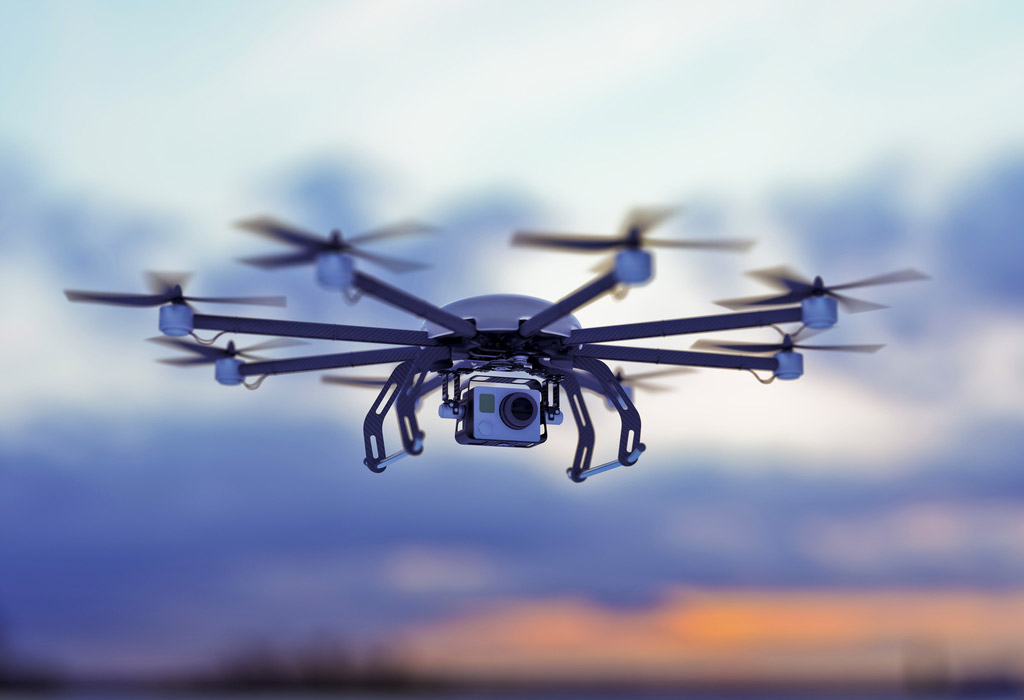
Blog Date: 6/29/2017
Author: Ray Coulombe
Drones are highly valued in security. But at what cost?
Drones are part of the future landscape of security technologies and security threats. In fact, drones are projected to increase from 2.5 millions units in 2016 to up to 7 million by 2020, according to the FAA. But will drone technology be helpful or harmful (or both) to the security industry?
Mark Schreiber, President of Safeguards Consulting, has carefully followed the development of drone technology and its implications over the last three years. “I’ve seen a definite spike in interest and investigation of the technology in emerging operations,” Schreiber says. “However, people are still wary and learning about possible unintended consequences.”
Many companies that use drones as a security technology include large chemical plants, mining sites, or nuclear power plants. Cary Savas, VP of Marketing at Nightingale Security, says this is common for their customer base. Through robotic aerial security, they can transmit live video to several kinds of platforms—and the demand for this is growing steadily.
But what threats and potential counters are there when using drone security?
For starters, video surveillance, intrusion detection, and access control systems weren’t really designed for the possibility of something flying over them. This can lead to illicit information gathering, smuggling of contraband, removal of sensitive information in cooperation with an insider, or even dropping of ordnance or weapons discharge are all concerns. These are some major security risks.
In fact, drone counter measures are even coming to market thanks to the Department of Defense’s (DoD) familiarity with them from present day battles. “Counter-measures from the DoD environment are being miniaturized and starting to transition into the commercial environment,” Schreiber says. “The most effective solutions are going to involve an integration of technologies employing both detection and interference.” The current array of countermeasures includes lasers, jamming, hacking, shooting them down, snaring them with fired or dropped nets, and even trained attack birds.
One example is Sensofusion’s Airfence System. It employs RF, GPS, and other technologies to automatically detect, locate, track, and take over UAV controls. Antidrone offers a range of components for detection: surveillance radars, RF detectors, infrared surveillance, acoustic sensors, and automatic jamming.
In today’s regulatory roll-back environment, will it take a tragic event to focus attention and crystallize effective approaches? One thing is for sure though; the urgency on this issue will only increase as technology evolves.